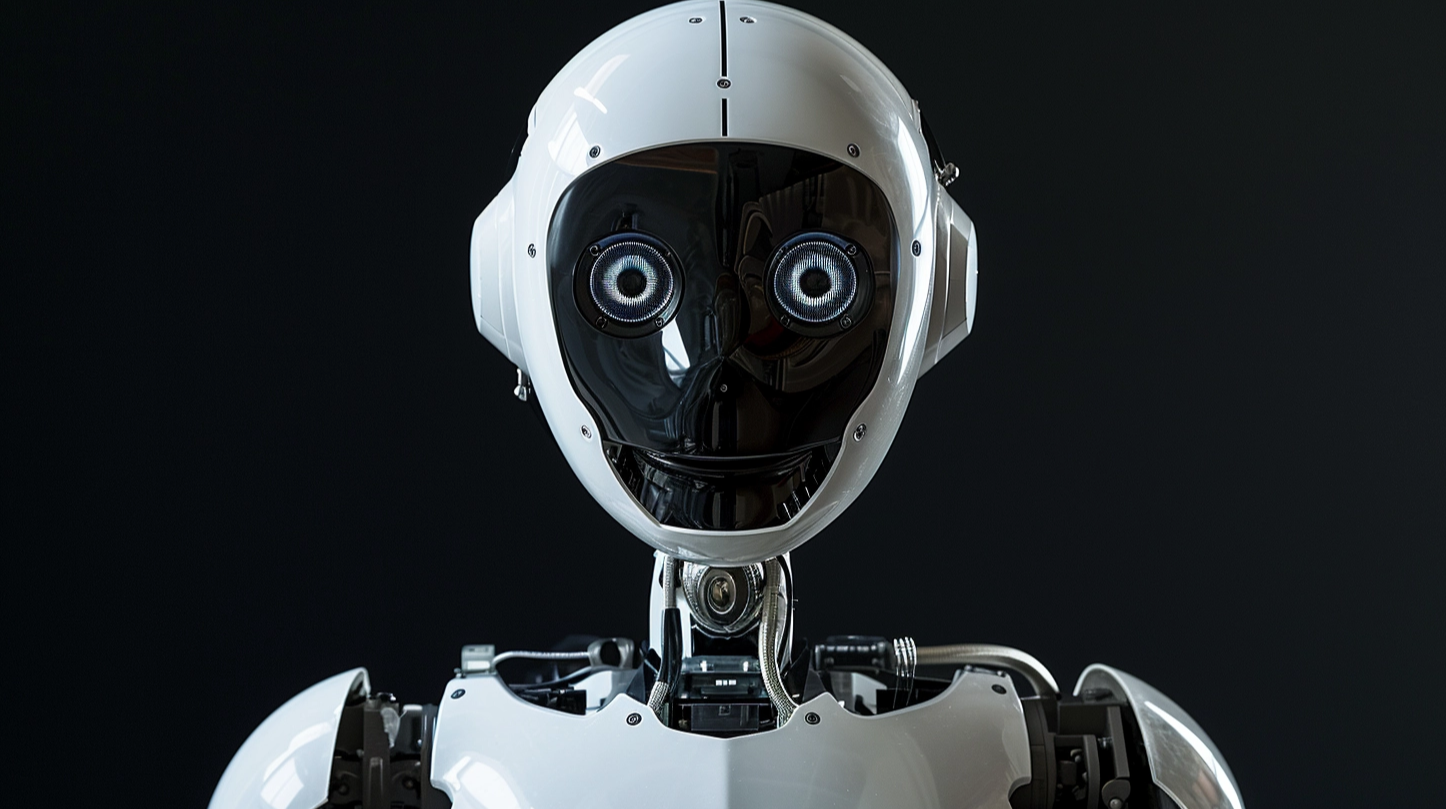In 2024, the landscape of robotics is transforming dramatically, with artificial intelligence (AI) playing a pivotal role in shaping the future. This comprehensive guide delves into the latest developments, challenges, and the critical role of reliable connectivity in the era of advanced robotics.
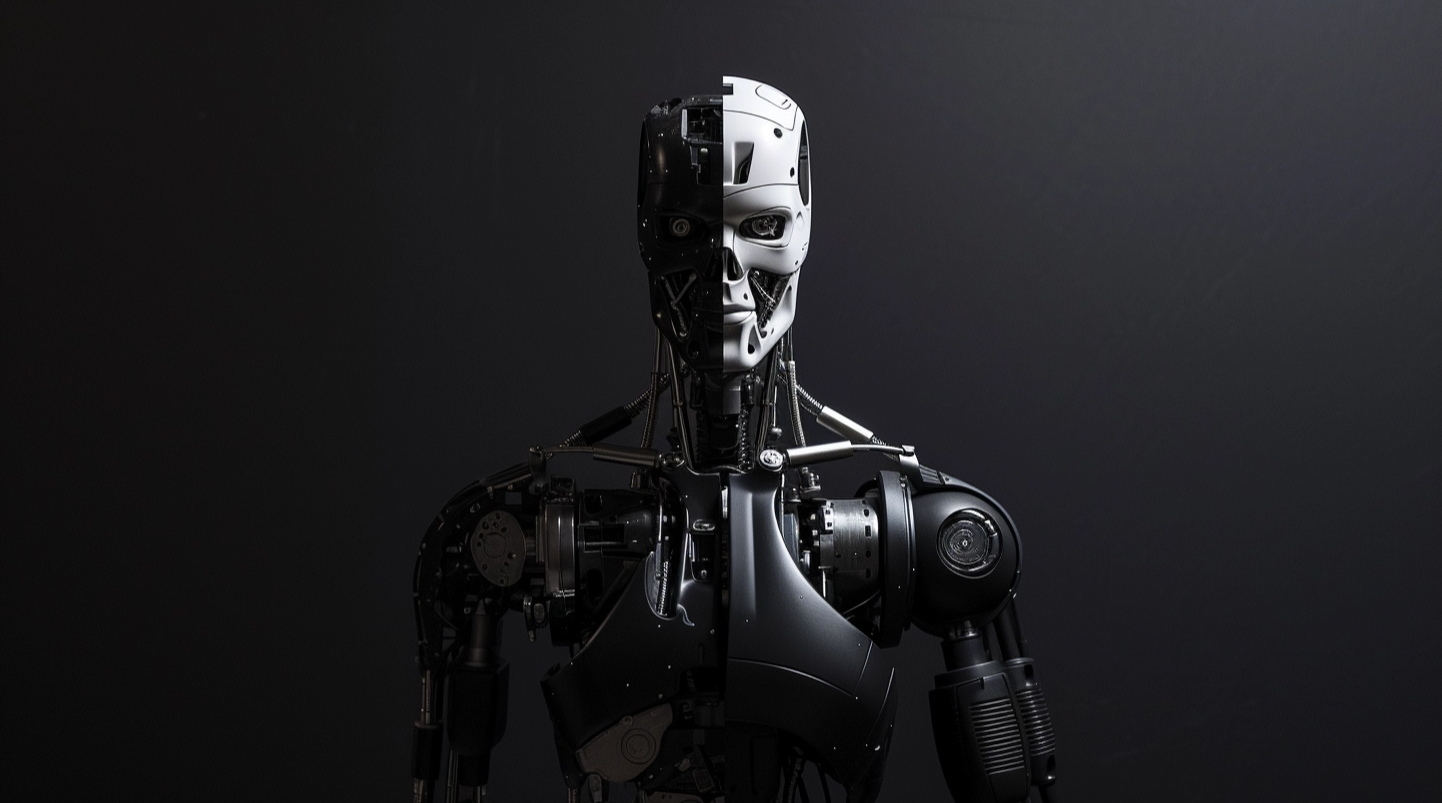
Integration of Generative AI in Robotics
The fusion of generative AI with robotic technology marks a significant trend this year. Generative AI, which excels in creating new content from learned data, is now being employed to simplify the programming of robots. Manufacturers have introduced user-friendly interfaces that utilize natural language processing, enabling operators without programming expertise to manage robotic systems effectively. This innovation not only enhances the functionality of robots but also broadens their usability across various industries (IFR International Federation of Robotics).
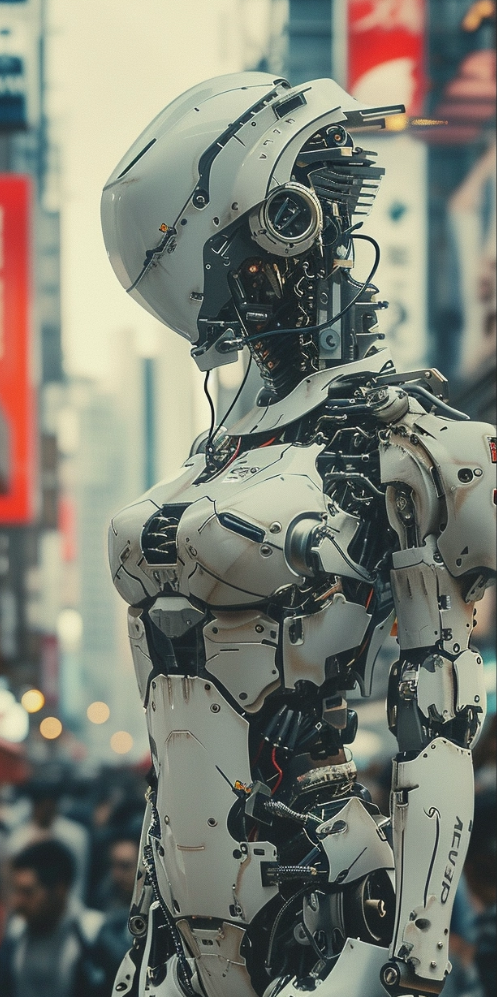
Advanced Applications of Collaborative Robots (Cobots)
Cobots are increasingly becoming integral to industrial and commercial settings. These robots are designed to work alongside humans, enhancing productivity and safety. With the incorporation of advanced sensors and vision technologies, cobots can now adapt in real-time to their environment and perform tasks such as assembly, packing, and even intricate welding. This adaptation is crucial in industries facing skilled labor shortages, where cobots can fill gaps without replacing human jobs (IFR International Federation of Robotics).
The Expansion of Autonomous Mobile Robots (AMRs)
AMRs have witnessed exponential growth, evolving from niche applications to mainstream adoption across various sectors. As of 2024, the AMR industry is valued at over $20 billion, with predictions of continued growth. These robots are now common in logistics, aiding in the efficient transport of goods within warehouses and even in more complex environments like airports (The Robot Report). Their ability to navigate and operate autonomously significantly reduces operational costs and enhances productivity.
The Continuing Development of Humanoid Robots
Humanoid robots remain at the forefront of robotics research. Despite their high development cost and the technological challenges, their potential to perform human-like tasks makes them a captivating area of study. These robots are not yet widely deployed but are expected to revolutionize sectors such as customer service, healthcare, and personal assistance in the coming years (The Robot Report).
Challenges in Robotics Adoption
The integration of AI robots into daily and industrial applications comes with its set of challenges. Key issues include ensuring data privacy, maintaining robust and secure communication channels, and addressing ethical concerns related to AI and robotics. These challenges require ongoing attention to ensure that the benefits of robotics can be fully realized without compromising safety or privacy (ar5iv).
Enhancing Robotic Operations with 123NET Connectivity
In an era where robotics and AI devices increasingly rely on internet connectivity, the quality of that connection becomes crucial. 123NET provides reliable, high-speed internet solutions that are essential for the seamless operation of AI technologies and smart devices. With 123NET’s fiber solutions, users can ensure that their robotic systems are always connected, allowing for real-time data processing and remote management without the risk of downtimes or interruptions.
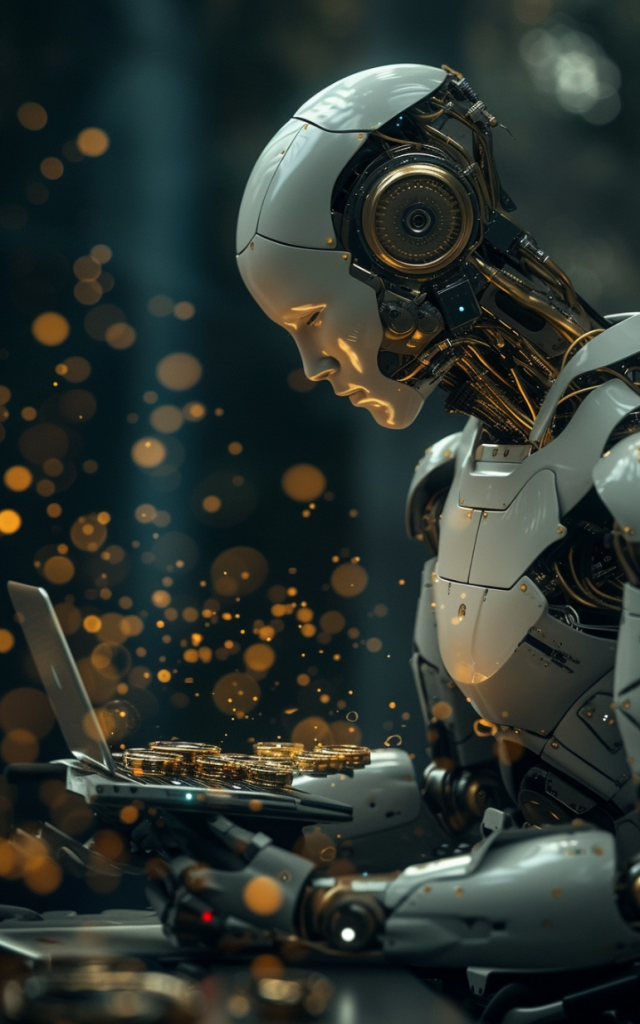

Visit 123NET Today
For more information on how our services can support your technological advancements in AI and robotics, visit 123net.co.za. Whether for home automation enhancements or industrial upgrades, 123NET is your partner in navigating the complex landscape of modern robotics.
As the capabilities of AI robots continue to evolve, the impact on various sectors is profound and far-reaching. By staying informed about these advancements and the technologies that support them, such as robust internet connectivity from providers like 123NET, we can better prepare for a future where robots and humans coexist more seamlessly than ever before.
Beyond Human Limits: Boston Dynamics’ New Electric Atlas Robot
Introduction: Boston Dynamics has unveiled a new, all-electric version of its Atlas robot, redefining the capabilities and design of humanoid robotics with groundbreaking features aimed at industrial applications.
Innovative Design and Capabilities: The latest iteration of Atlas introduces swiveling joints and an enhanced structure that allows for a range of movements beyond human capabilities. This design not only improves the robot’s efficiency in performing tasks but also positions it to handle “dull, dirty, and dangerous tasks” more effectively. With no cables and an integrated ring light on its face, the new Atlas presents a sleek, more humanoid appearance.
Technological Enhancements: Equipped with advanced AI and machine learning tools, the new Atlas boasts superior strength, dexterity, and agility. These enhancements enable it to perform complex manipulations and interact with diverse environments, extending its utility in industrial settings. The development includes exploring new gripper variations to adapt to various tasks.
Industry Integration and Future Prospects: Boston Dynamics plans to test the new Atlas with select customers, including Hyundai, over the coming years. This phased approach mirrors the broader trend of humanoid robots like Tesla’s Optimus and others being integrated into production lines at major automotive manufacturers like BMW and Mercedes.
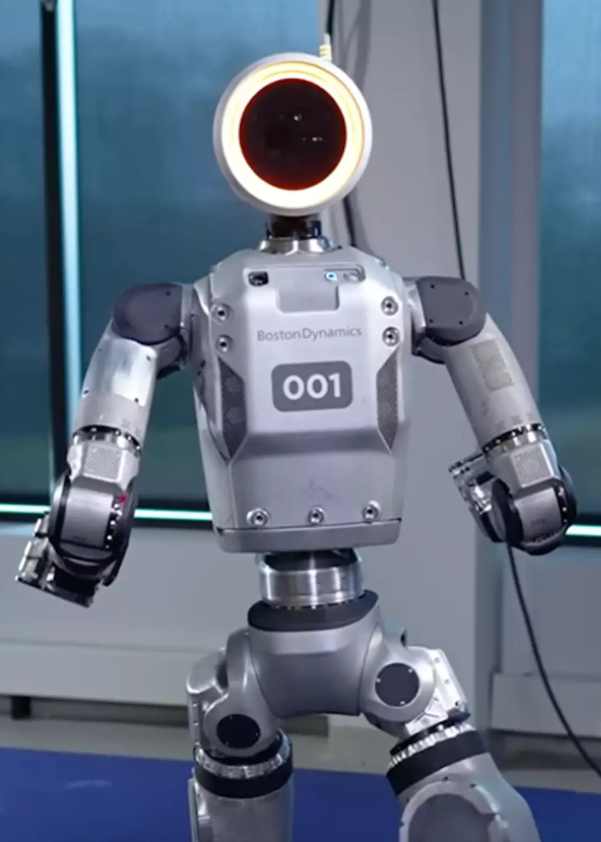
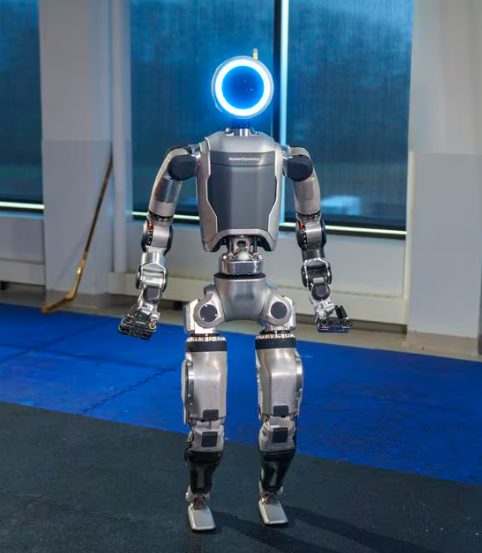
Conclusion: The electric Atlas represents a significant leap forward in robotic technology, promising to revolutionize the role of humanoid robots in industry with its unparalleled capabilities and adaptability.
This article would delve into the technical details and implications of the new Atlas robot, providing readers with a comprehensive overview of its potential to reshape industries.



